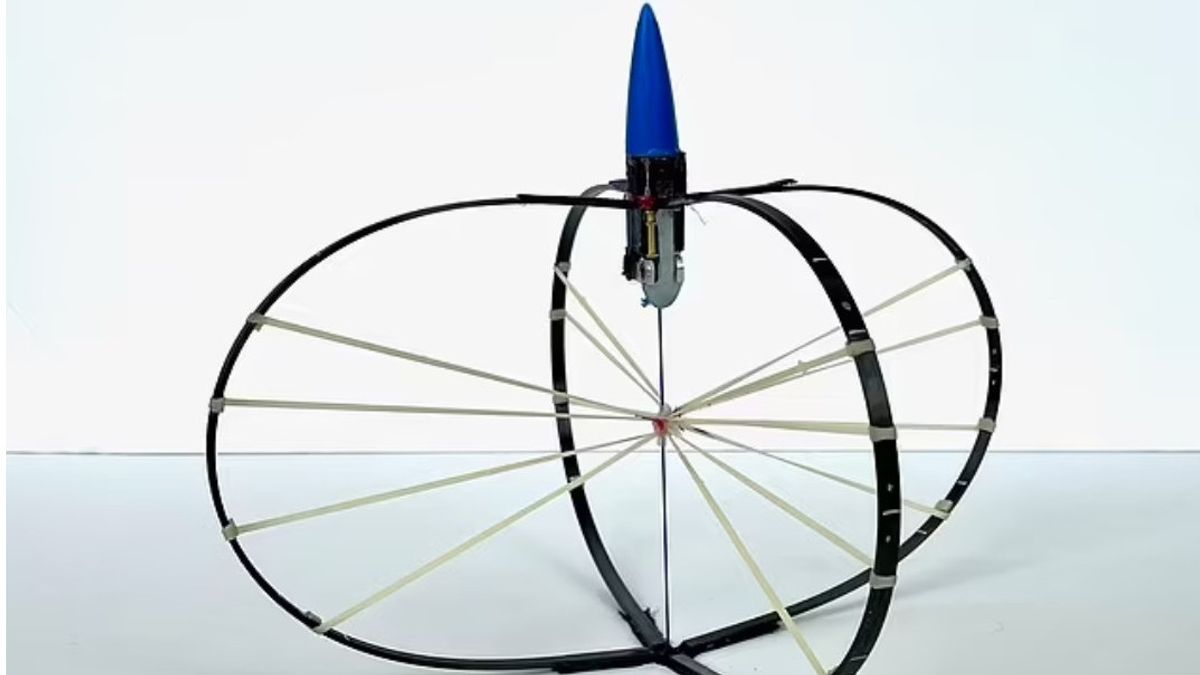JAKARTA - An extraordinary unique robot has just been launched, this robot can jump more than 100 times on its own height.
Despite being only 11.8 inches (30cm) tall and weighing one ounce (30g), the robot is capable of jumping 108 feet. Researchers from the University of California, Santa Barbara, who developed the robot, believe it could one day be used on the Moon.
With the weaker surface gravity on the lunar surface, the robot could potentially traverse a distance of about 1,640 feet, exploring rocky surfaces faster than a wheeled rover.
Elliot Hawkes and his colleagues who developed the 30-centimeter high robot equipped the robot with a carbon fiber spring frame as its power system.
Hawkes says that an animal's maximum jump height is limited by the work their muscles can produce in one stroke. However, the new robot uses a small motor to tighten its springs in multiple turns. It jumps only when it has stored a large amount of energy.
Using a system of gears to press the spring slowly even though it only has a small motor. This energy is then rapidly released to launch the robot into the sky.
Once landed on its side, it can repair itself by re-tightening its springs and preparing itself for another jump. Hawkes said the same robot on the Moon would be able to reach a height of 125 meters and traverse about half a kilometer per jump, making it an ideal exploration machine.
“The moon is an ideal location for jumping. Gravity is one-sixth that of Earth, and there's basically no air," Hawkes said.
Launching New Scientist, April 28, he added that on Earth, about 25 percent of the potential jump height is lost due to air resistance.
"(The robot) can jump to the side of an inaccessible cliff or jump to the bottom of the crater, take a sample and return to the lander," Hawkes explained.
Even so, it remains unclear how much this robot will cost to develop, or whether Hawkes and his team have any plans to release it to the market.
Previously, for decades, researchers had also taken inspiration from animals to develop jumping robots.
In 2016 the researchers designed a robot inspired by a baby bush named Salto, which can jump up to 10 times its height. However, the jumping heights of the animals are limited by their muscles, so instead, the researchers opted for an artificially engineered device.
"The jump height of a biological jumper is limited by the work that a linear motor (muscle) can produce in a single stroke," the researchers explain in their study, published in Nature.
"In contrast, the jump height of the engineered device can be much greater because the ratchet or swivel motor can be 'doubled' during repeated strokes or rotations."
The English, Chinese, Japanese, Arabic, and French versions are automatically generated by the AI. So there may still be inaccuracies in translating, please always see Indonesian as our main language. (system supported by DigitalSiber.id)













